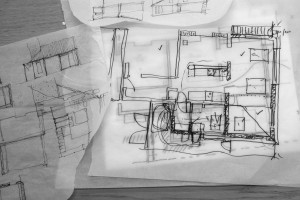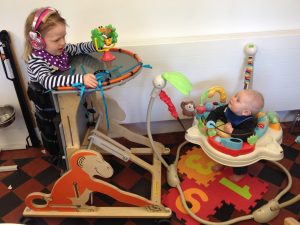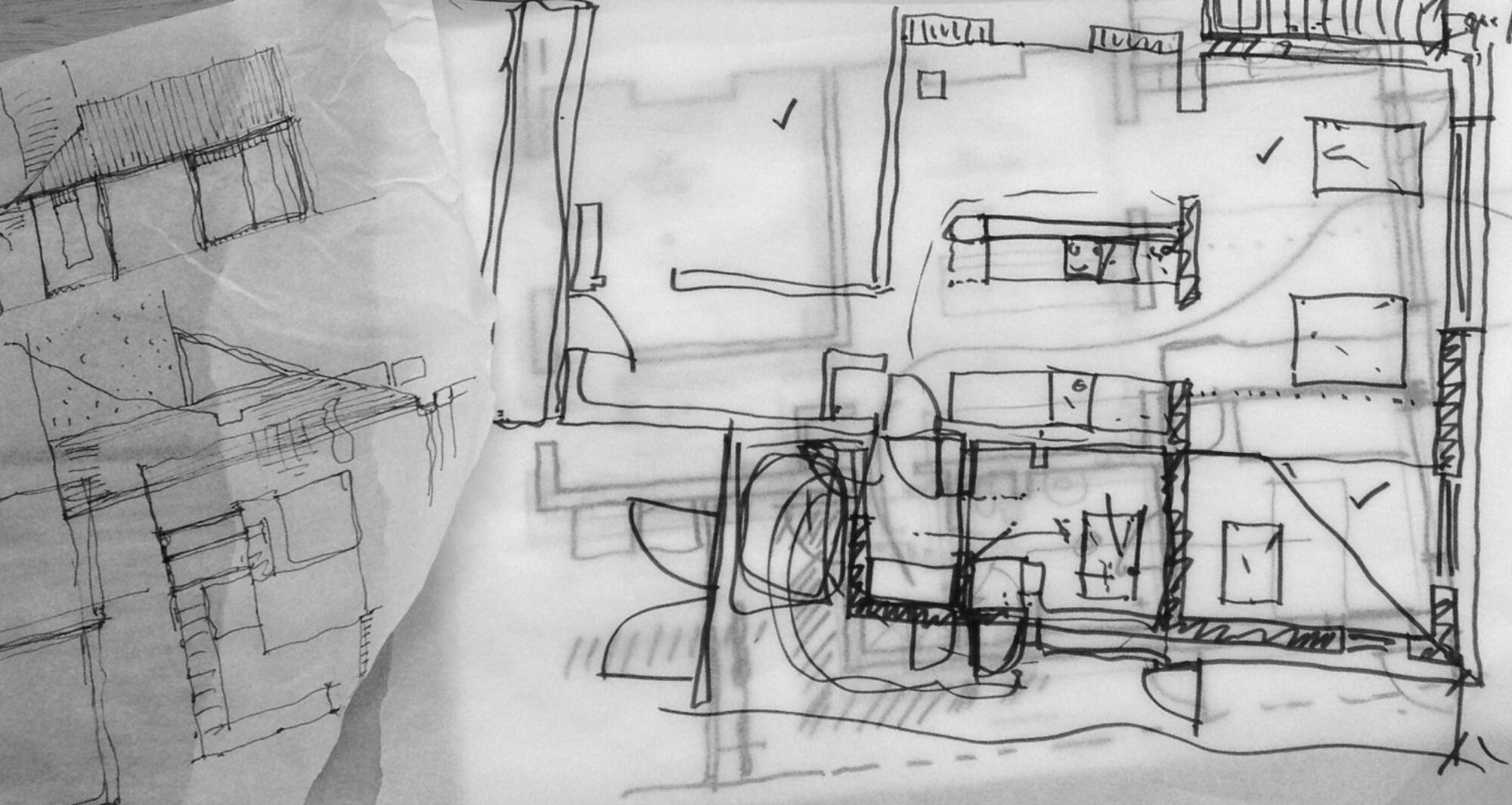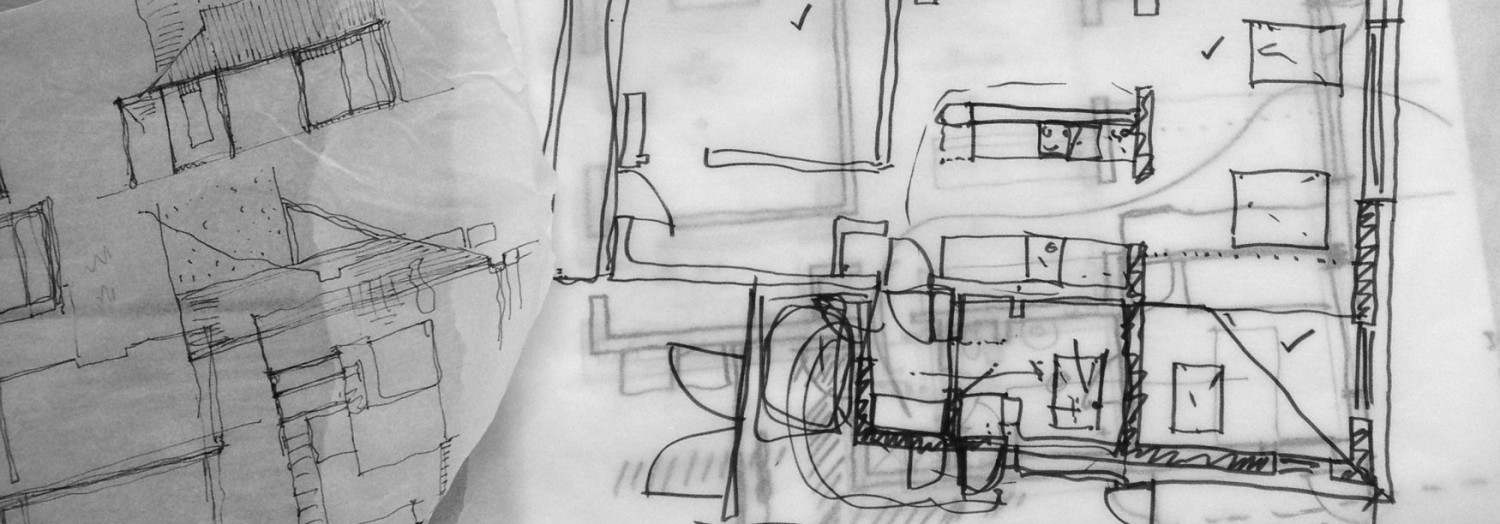Originally posted on Clos-O-Mat & Building Talk
Before my children came along and I became a full time parent carer, I worked in architectural practice. Most of my design experience has been in home design, from individual house alterations to large scale newbuild and refurbishment projects.
 I have to say I particularly enjoy the challenge of getting stuck in to an individual home project. It’s extremely rewarding to see how much of a difference a bit of lateral thinking, and sometimes just a few small changes, can make to the way a house works for a family. Perhaps by releasing a bit more breathing space through changes to the layout, adding better storage to make rooms feel less cluttered or maybe extending out or up to add extra rooms.
I have to say I particularly enjoy the challenge of getting stuck in to an individual home project. It’s extremely rewarding to see how much of a difference a bit of lateral thinking, and sometimes just a few small changes, can make to the way a house works for a family. Perhaps by releasing a bit more breathing space through changes to the layout, adding better storage to make rooms feel less cluttered or maybe extending out or up to add extra rooms.
For me it’s important to take a broad view, think about how a family uses the spaces now, and in the future. Are the room functions in the right places? Is there any under-utilised space? Can circulation be simplified?
Becoming a mum to my little girl with developmental disabilities has reignited my passion for encouraging more widespread consideration of accessible and inclusive design in home design, as well as places, spaces and products.
I’m also a keen advocate of sustainable design (a much, probably over, used term!), and am passionate about improving the sustainability of our new and existing homes. But by this I don’t just mean energy efficiency, that is just a part of what good sustainable design should be.
Sustainability is also about longevity, cost effectiveness and minimising waste. If a home is built with flexibility in mind from the start, that seems to me to be fundamental to the sustainability ethos – in that it will last longer, cost less over the lifetime of the house and be changeable without being wasteful.
Designing a home for a whole lifetime’s needs (to standards like lifetime homes), will make subsequent alterations as unobtrusive and cost effective as possible and, quite apart from anything else, if you reach a time in your, or a loved one’s, life when greater accessibility becomes more critical, invasive building work is probably the last thing you will want to think about!
Accessibility also nicely slots in to the health and wellbeing aspect of sustainable design – why not make sure our homes more welcoming to ALL of our friends and family whose needs may be different to our own (perhaps granny with a walking aid, or your newly crawling niece or nephew?).
However for some reason inclusive design still doesn’t seem to be seen as a mainstream concept. There’s a perception that accessibility is only for wheelchair users. House design is either ‘wheelchair friendly’ or not, and there really is an acute shortage of the ‘wheelchair friendly’ variety.
It’s widely acknowledged that there is a housing crisis in the UK at the moment, with particular shortages in the south east of England and this compounds the shortage of accessible homes.
 Somehow the idea that inclusive design (or even better accessible or universal design) is of benefit to us all, isn’t being embraced! I guess if you are young and fit it’s easy to be oblivious as to how our environment and buildings can make life difficult (or even impossible) for some people, but if you get injured and have to use crutches or a wheelchair, or even try to push a pram or wheel a large suitcase around, the environment can suddenly appear very inhospitable.
Somehow the idea that inclusive design (or even better accessible or universal design) is of benefit to us all, isn’t being embraced! I guess if you are young and fit it’s easy to be oblivious as to how our environment and buildings can make life difficult (or even impossible) for some people, but if you get injured and have to use crutches or a wheelchair, or even try to push a pram or wheel a large suitcase around, the environment can suddenly appear very inhospitable.
One of my dreams is to see inclusive design become ‘everyday’, for there no longer to be any need to differentiate inclusive design as a separate, niche, concept. I want to see fantastic examples of accessible homes featured on TV makeover shows, and in the homestyle magazines, so that disabled people and their families are presented with inspirational examples of how fantastic their homes can be, and (perhaps more importantly) so that non disabled people see inclusive design as an interesting and exciting design approach for life-long happy homes – to break the perception that accessibility is all ugly plastic grab rails and old fashioned stair lifts.
I want to see a celebration of design that is flexible for a variety of needs, design that not only works for you, your children and your grandchildren but that is stylish and ideal homes worthy!
Good inclusive design should allow everyone to be able to participate as fully with family life (as they want to!) as naturally as possible – what can be more valuable than that?


